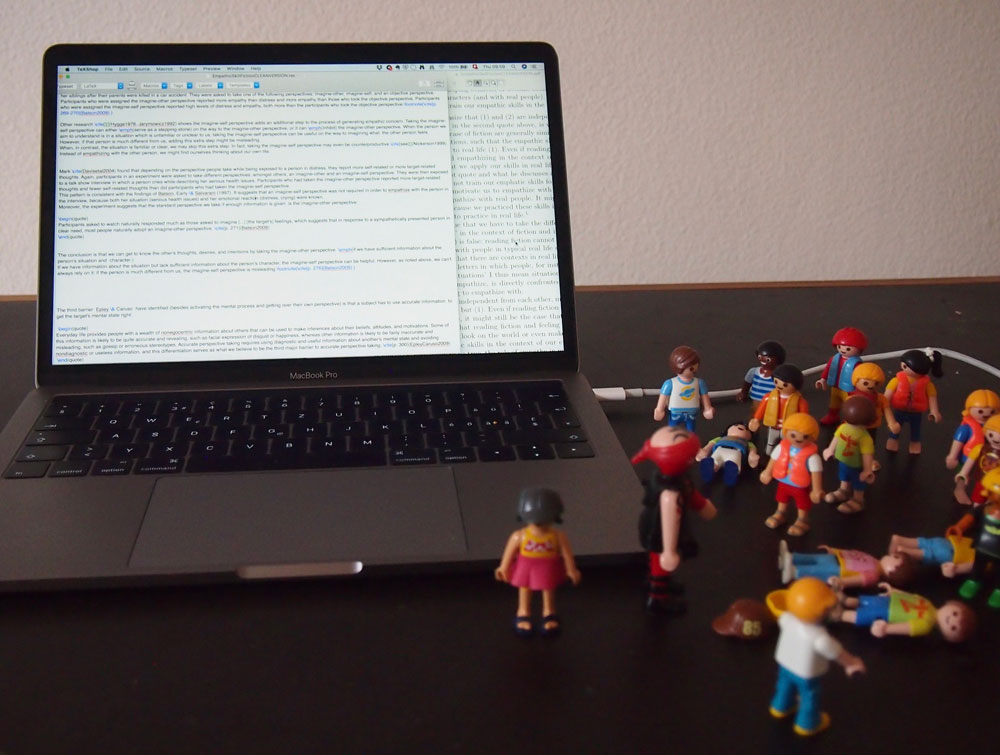
October 30, 2020; Washington Post
The immediate impacts of COVID-19 are right in front of us every day. We can see, if we wish to look, the pandemic’s ebb and flow in the numbers that we collect: how many new cases have been diagnosed, how many people who need to be hospitalized, how many are out of work, or standing in line for food. We gauge our current condition and guide our immediate responses by these numbers.
Harder to see, but just as important, are the physical, emotional, and societal scars that the virus is leaving in its wake. Eight months into the pandemic, we now can see how families, communities, and our nation have been wounded in ways that will not heal easily even after a vaccine is developed and COVID-19 becomes just another illness we have to keep at bay.
Writing in the Washington Post, Amy Joyce and Ellen McCarthy detail the impact on families. Many working women have dropped out of the workforce to care for children. In September alone, 860,000 women dropped out of the workforce compared to just over 200,000 men, a reflection of continued gender inequality in caretaking roles.
The pressures of holding together a household under the conditions of the pandemic are intense. Erin Rose, a mother of two boys, one aged five and the other eight months old, left the workforce, write Joyce and McCarthy, to care for the infant and try to keep her family’s kindergartner focused on virtual school.
The career impact of such choices on working women is expected to be severe, but as Rebecca Ryan, Ariel Kalil, Susan Mayer, and Rohen Shah, writing for the Brookings Institution, point out, there is the other side of the dilemma too—namely, the impacts on preschool children.
In particular, the Brookings research team points out that the pandemic puts at risk some hard-won progress in evening out at least the preschool educational playing field between rich and poor households. For decades, we’ve known that a family’s economic status and parental support for learning influences their children’s success in school. But until the virus arrived, some progress was being made in balancing the impact of wealth, at least in terms of parenting supports. The Brookings team writes:
Since the mid-1980s, low income parents have greatly increased the time they spend in enrichment with young children, such as reading to them, telling them stories, and taking them to the library, economically advantaged and disadvantaged parents of young children share more similar parenting behaviors and goals today than ever before.
[…]
Sign up for our free newsletters
Subscribe to NPQ's newsletters to have our top stories delivered directly to your inbox.
By signing up, you agree to our privacy policy and terms of use, and to receive messages from NPQ and our partners.
Test score gaps between kindergartners at the top and bottom of the income distribution narrowed in the first 20 years of the 21st century after increasing from the 1970s to 2000.
However, the pandemic and its effects have increased the pressure on parents already struggling: “The pandemic has exacerbated inequalities in families’ economic, health, and educational resources that will tax low-income parents’ ability to pursue and realize their goals.” For these households, prioritizing time with children and on their learning has become more difficult.
There is reason to believe that support for young children’s skill development has also diminished during the pandemic, particularly for low-income families who are experiencing high levels of stress and few resources for at-home. The challenges posed by the digital divide, which impedes schools’ and teachers’ abilities to support parental engagement in their children’s learning, exacerbate this….
The strain is showing up in the Brookings survey of parenting practices. The team writes, “In Chicago, we found that the share of parents who reported not reading to their preschool age child at all in the prior week nearly doubled, rising from 4.7 percent to 8.2 percent between last fall (when preschools were open) and this spring when preschools schools were closed.” The percentage of parents saying they felt overwhelmed increased from 8.9 percent to 14.3 percent over the same period. A survey of Pennsylvania parents, the Brookings team also reports, found that the percentage of parents who reported losing their temper with their children on any given day increased by 60 percent from February to May.
These challenges might be most severe for parents with young children, but parents with school-aged children also face significant challenges. Public schools, even with their flaws, have been one of the societal institutions that have been central to efforts to deal with the nation’s legacy of racism.
That base may have been shattered, because, as Paul T. Hill and Ashley Jochim, also writing for Brookings, observe, the pandemic “has caused new conflicts among and between parents, teachers, employers, and district leaders” and “amplified long-brewing conflicts about inequitable funding and access to quality teachers and effective instruction.”
“The differences between educational ‘haves’ and ‘have-nots’ have widened,” they note. Families with more economic advantages find themselves more inconvenienced than harmed. Private schools, homeschooling, or collectively “podding” with neighbors to hire their own teachers are all alternatives to what struggling public schools can provide, and easy access to broadband and the ability to work from home make it easier to support an online school experience. Month by month, these compromises have been normalized for these families. Meanwhile, public schools face a student body, a faculty, and a community that have been scarred by the pandemic.
When students do eventually return to the classroom, parents, teachers, and school systems will confront the reality of missed learning and trauma that will necessitate something other than a simple restart. Advantaged and disadvantaged families alike could demand new investments in small learning communities like pods, tutoring, and emotional support they have come to trust.
When seen through the lens of how the economic toll of COVID-19 is harming low-income children, the importance of enacting new economic supports could not be clearer. But just taking care of that will not be enough. We need to think now about how we’ll make sure both parents and public schools can respond to the changed environment and have the tools they will need. —Martin Levine











